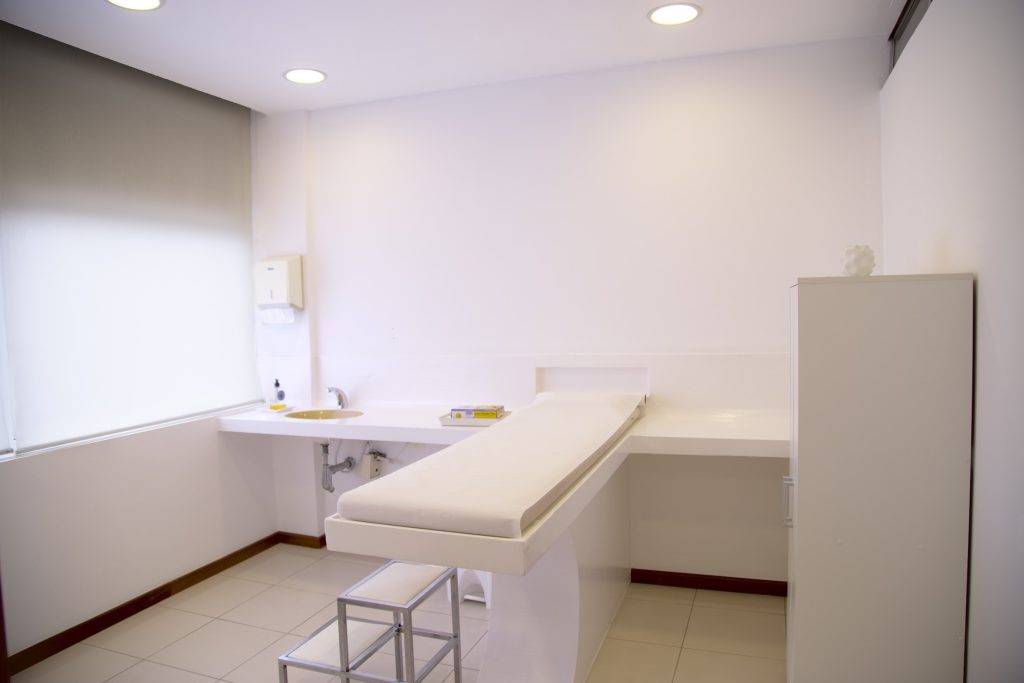Company Culture Audits: Your Checklist for a Safe Workplace

The modern workplace is ever-changing, and with that comes new challenges for employers regarding maintaining a safe and comfortable environment for their employees. As an employer, one of the best ways to ensure your workplace is safe and up to par is by conducting a company culture audit. A company culture audit thoroughly examines your […]
5 Questions to Ask Before Joining a Startup

In the United States, the corporate landscape is ever-growing and changing based on consumer needs. As companies seem to only get bigger, it’s understandable how a working professional would not want to be just another cog in the corporate machine. This is one of many reasons why startups are so attractive in concept to the […]
5 Signs of a Toxic Startup

If you’ve never had to navigate the corporate world, you know that startups can be a great place for brand new professionals to begin padding their resumes with relevant experience in the corporate world. Startups can serve as a literal springboard for careers across all industries, but there is often an enormous drawback when it […]
Damar Hamlin’s Contract Adjusted, Signals Possible Shift in Values for NFL

Earlier this January, the world of the NFL was completely rocked by the collapse of Buffalo Bills player Damar Hamlin on the field during a cardiac arrest that stopped the game cold in a historically unprecedented event. Damar Hamlin spent more than a week in the hospital as physicians attempted to untangle the cause and […]
Do You Need A Violence And Threat Assessment For Your Business, Clinic Or Hospital? Get Started Here

It’s a bitter pill to swallow for businesses across the United States that prosecutions for workplace violence have fallen in recent years, but these kinds of incidents continue to grow in frequency—with more than ever resulting in deadly shootings. Here at Lauth Investigations International, among the spectrum of workplace investigations services that we provide, our […]
Look At These White Collar Crime Examples So You Know How To Prevent Them Happening To Your Business

While many companies prefer not to disclose that they have been a victim of while collar crime, this dastardly form of criminality is known to cost American businesses billions, if not trillions every year. Once in a while, a huge case hits the headlines, with scandals rocking entire industries or prompting the creation of new […]
How Professional Investigators Can Dramatically Reduce Violence And Threats In The Workplace

Would your business benefit from the support of professional investigators to mitigate the risk of violence and threats in the workplace? The answer to that question might surprise you. When we imagine the role of the corporate PI, we might imagine them investigating a seedy manager accused of sexual harassment or a spate of thefts […]
What Is White Collar Crime And How Much Is It Costing YOUR Business?

Did you know that a single shady threat is behind a potential $1.7 trillion in annual losses for American businesses each year? Alarmingly, the number can only be estimated because as many as 90% of instances of this particular flavor of crime go unreported. And who or what is this sly and shadowy danger? It’s […]
Violence or Threats in the Workplace: Immediately Do This if It Happens to You

Would your workforce know what to do in the face of threatening employee behavior? Would your human resources team know how to respond to reports of a violent coworker? Perhaps most crucially of all, would you? Astoundingly, more than half of American employees report being unaware or unsure of their employer’s emergency preparedness plans, and […]
Professional Investigators Can Prevent White Collar Crime In Your Business, How To Get Started To Protect Your Interests

Every year across the United States, white collar crime affects over 35% of American businesses, resulting in losses that some believe run into the trillions. And yet, prosecutions plummet with each passing year, and only a few thousand perpetrators are brought to justice annually. This might seem like a mystery, but the hard truth is […]